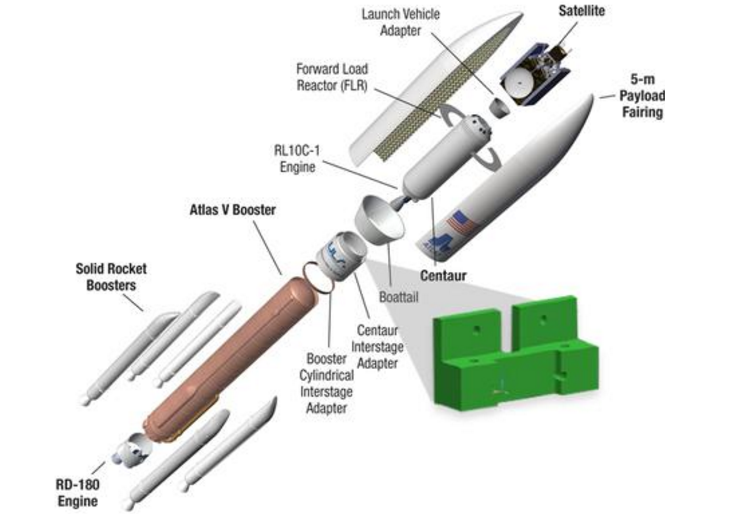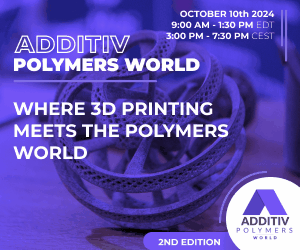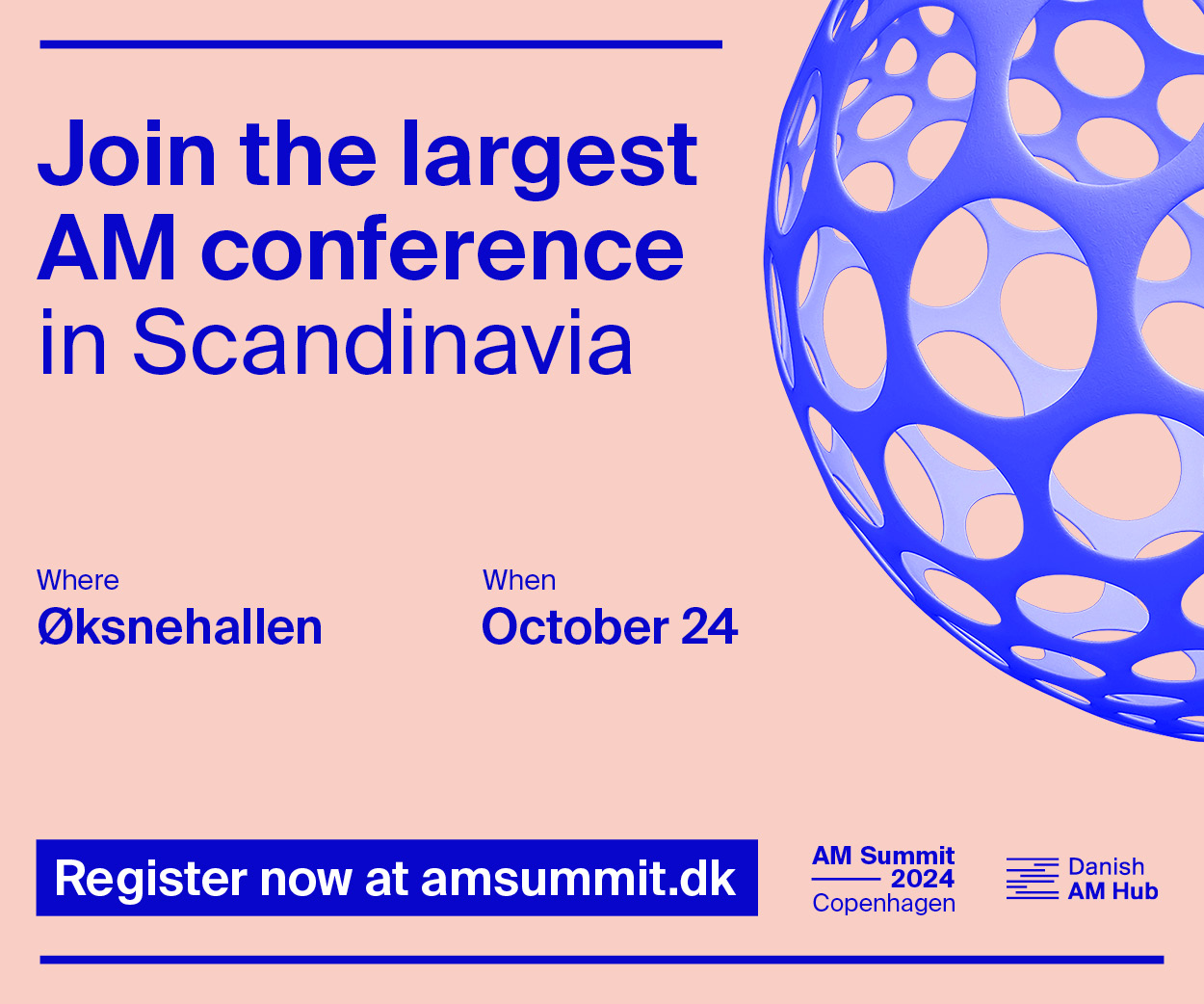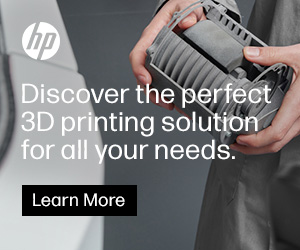 3D printing has had major impacts in the aerospace industry. Some of the most brilliant engineering minds have been put to the test designing parts for rockets that one day may blast off to carry astronauts as far as Mars. But there has been quite an outpouring of talent from those outside of NASA as well, with more on the way currently in the 3-2-1 Liftoff! ULA Rocket Hardware Challenge launched earlier this week through GrabCAD Community Challenges.
3D printing has had major impacts in the aerospace industry. Some of the most brilliant engineering minds have been put to the test designing parts for rockets that one day may blast off to carry astronauts as far as Mars. But there has been quite an outpouring of talent from those outside of NASA as well, with more on the way currently in the 3-2-1 Liftoff! ULA Rocket Hardware Challenge launched earlier this week through GrabCAD Community Challenges.
For this challenge, those participating are invited to design a launch support attachment bracket for the United Launch Alliance’s current Atlas V rocket. ULA acts as a leader for launch services and has sent at least 100 satellites into orbit so far. These satellites have been responsible for helping military personnel, meteorologists, enabling GPS devices—and most importantly, helping us to understand our solar system further. And while it’s exciting just to fall into the top designs chosen in a challenge like this, the winning design will actually be examined for use on the Vulcan Centaur, a next-generation rocket.
“We are transforming the future of space launch, and additive manufacturing is one of the innovative techniques we’re using to make space more affordable, accessible and commercialized,” said Tory Bruno, ULA president and CEO. “The ULA Rocket Hardware Challenge invites people familiar with the industry and new to aerospace to participate in that transformation – the opportunity to design rocket hardware that will deliver critical technologies to orbit.”
This particular bracket is meant to act as support at the base of the Atlas V payload fairing, used during ground processing. While it will also remain with the upper stage of the powerful rocket during its flight, the bracket acts as a point of support for the work platforms being employed in the days before launch occurs.
The best three designs will be chosen, and judges include Tory Bruno, as well as engineers from both ULA and Stratasys, which partnered with ULA earlier this year to develop several 3D printed components for the Atlas V. Specifications follow from GrabCAD, with more technical information here as well.
“All portions of the bracket must remain within the envelope shown in the Part Design Envelope drawing (see Download Specification button). The part will be fastened to the vehicle interface at datum A using 4 bolts shown as holes (marked Hole Pattern D) in the envelope drawing. A load from the work platform will be applied uniformly on a surface located at datum B and will be fastened using 2 bolts shown as holes (marked Hole Pattern E) in the envelope drawing. The minimum edge distance surrounding all bolt holes shall be 2 times the diameter of the bolt hole.”
Your entry must include:
- Description of the bracket
- STEP/IGES formatted files
- Renderings
- Mass, Volume
- Load calculations
- ULA Compliance Certification form
Prizes are:
- 1st Prize – $3,000 and ULA merchandise prize pack
- 2nd Prize – $1,000 and a ULA hat
- 3rd Prize – $500 and a ULA T-shirt
Those interested in submitting designs must have them in by October 23, 2016. To learn more, go to GrabCAD. Discuss further in the 3-2-1 Liftoff 3D Design Challenge forum over at 3DPB.com.
Subscribe to Our Email Newsletter
Stay up-to-date on all the latest news from the 3D printing industry and receive information and offers from third party vendors.
You May Also Like
Tesla Veteran Kevin Kassekert Takes the Helm as VulcanForms’ New CEO
In a major leadership shift, VulcanForms has appointed Kevin Kassekert as its new CEO and Jay Martin as President. This change comes at a crucial time as the company moves...
Boston’s Additive Edge: BMF’s Precision on a Microscopic Scale
In the quest for ever-smaller and more precise technologies, Boston Micro Fabrication (BMF) seeks to pioneer the next wave of micro-precision in 3D printing, an area critical to fields ranging...
Boston’s Additive Edge: Inkbit’s Vision of Redefining 3D Printing with Material Innovation
At the heart of Inkbit’s innovation is a 3D printer that does more than print—it learns and perfects, creating intricate multi-material parts in a single, streamlined process. This vision-controlled technology,...
3D Tech Helps Abu Dhabi Doctors Tackle Rare Heart Case
Surgeons in Abu Dhabi turned to 3D printing to tackle a rare heart defect so unusual that it’s found in just 0.03% of people—saving a life in the process. Mian...


































